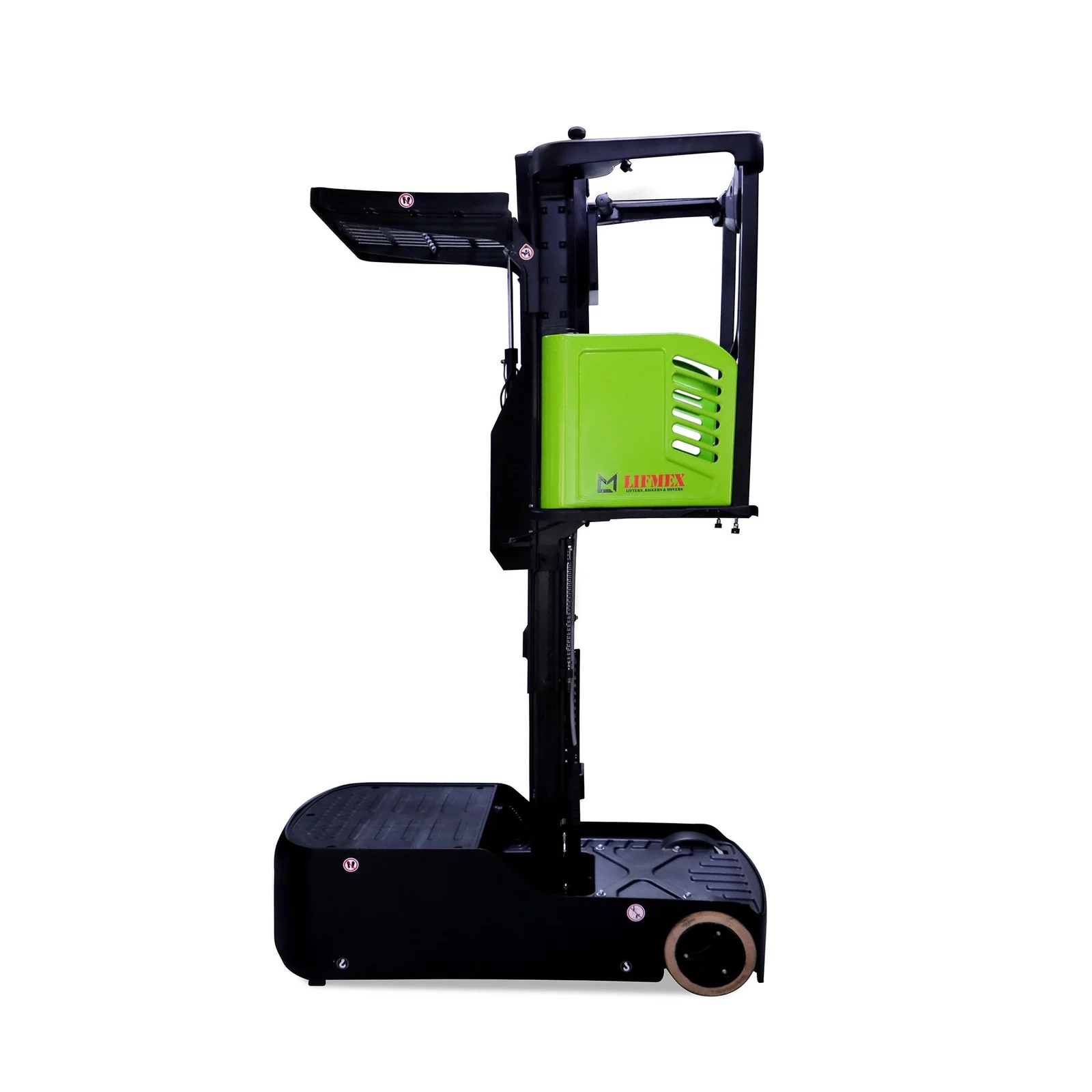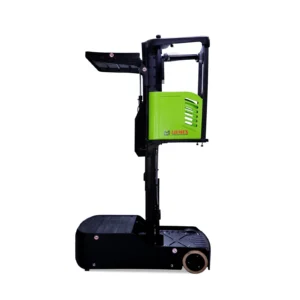In the bustling world of industrial operations, efficiency reigns supreme. Among the array of tools and equipment designed to optimize productivity, the Task Support Vehicle (TSV) emerges as a transformative solution. In this comprehensive guide, we’ll explore the functionalities, benefits, and applications of the TSV, illuminating how it reshapes the landscape of workplace efficiency and support.
what is Task Support Vehicle (TSV)?
GET IT NOW
The Task Support Vehicle, often referred to simply as the TSV, is a multifunctional vehicle engineered to provide support across various tasks and environments within industrial settings. Combining versatility, agility, and robust performance, the TSV serves as a reliable companion in warehouses, manufacturing facilities, distribution centers, and beyond.
Features and Capabilities of the Task Support Vehicle
1.Maneuverability
The TSV boasts exceptional maneuverability, thanks to its compact design and agile handling. Equipped with precision steering and responsive controls, it navigates effortlessly through narrow aisles, congested spaces, and challenging terrains, ensuring swift and efficient movement.
2. Payload Capacity
Despite its compact footprint, the TSV offers impressive payload capacity, capable of transporting heavy loads, equipment, and materials with ease. Whether ferrying inventory, tools, or machinery components, it streamlines material handling operations and minimizes manual labor.
3. Customizable Configurations
To accommodate diverse operational needs, the TSV is available in various configurations, including flatbed, utility bed, and enclosed cabin options. These customizable setups enable organizations to tailor the vehicle to specific tasks, maximizing versatility and utility.
4. Electric Powertrain
Embracing sustainability and energy efficiency, many TSV models feature electric powertrains. With zero emissions and reduced noise levels, electric TSVs offer a greener alternative to traditional combustion-powered vehicles, aligning with eco-conscious initiatives.
5. Integrated Technology
Modern TSVs are equipped with integrated technology solutions, such as GPS tracking, onboard diagnostics, and telematics systems. These features provide real-time monitoring, remote diagnostics, and performance analytics, empowering operators with actionable insights for optimized fleet management.
Benefits of Implementing the Task Support Vehicle
1. Enhanced Productivity
By streamlining material transport, tool delivery, and personnel movement, the TSV significantly enhances operational efficiency. With quick access to resources and seamless mobility, workers can accomplish tasks faster, reducing downtime and boosting productivity levels.
2. Improved Safety
Equipped with advanced safety features, including ergonomic seating, safety belts, and collision avoidance systems, the TSV prioritizes workplace safety. Minimizing the risk of accidents and injuries, it fosters a secure working environment for employees and mitigates operational hazards.
3. Cost Savings
Through optimized resource utilization, reduced manual labor, and lower maintenance requirements, the TSV delivers substantial cost savings over time. Organizations benefit from increased operational efficiency, reduced downtime, and improved asset longevity, translating into long-term financial gains.
4. Flexibility and Adaptability
The versatility of the TSV enables seamless adaptation to evolving operational demands and environments. Whether deployed for inventory replenishment, equipment maintenance, or facility inspections, it serves as a versatile asset capable of tackling diverse tasks with ease.
5. Sustainability
With electric-powered variants leading the charge, the TSV contributes to sustainability initiatives by minimizing carbon emissions and reducing environmental impact. By embracing cleaner energy sources and eco-friendly technologies, organizations demonstrate their commitment to environmental stewardship.
Applications of the Task Support Vehicle
1. Material Transport
From carrying inventory and raw materials to distributing finished products, the TSV facilitates efficient material transport throughout the facility. Its maneuverable design and ample payload capacity make it indispensable for logistics and supply chain operations.
2. Tool and Equipment Delivery
The TSV streamlines the delivery of tools, equipment, and machinery components to designated work areas, empowering workers with quick access to resources. Whether in manufacturing plants or construction sites, it ensures timely delivery and optimal resource allocation.
3. Personnel Shuttle
In large-scale industrial complexes, the TSV serves as a reliable personnel shuttle, transporting workers between different zones or buildings. With comfortable seating and safety features, it ensures swift and secure transportation, reducing commute times and enhancing workforce mobility.
4. Facility Maintenance
Equipped with utility beds and specialized attachments, the TSV supports facility maintenance tasks, such as landscaping, waste management, and infrastructure repairs. Its versatility allows operators to perform a wide range of maintenance activities efficiently.
5. Emergency Response
During emergencies or evacuations, the TSV plays a crucial role in facilitating swift evacuation and emergency response operations. With its agility and maneuverability, it aids in evacuating personnel, transporting medical supplies, and supporting first responders.

